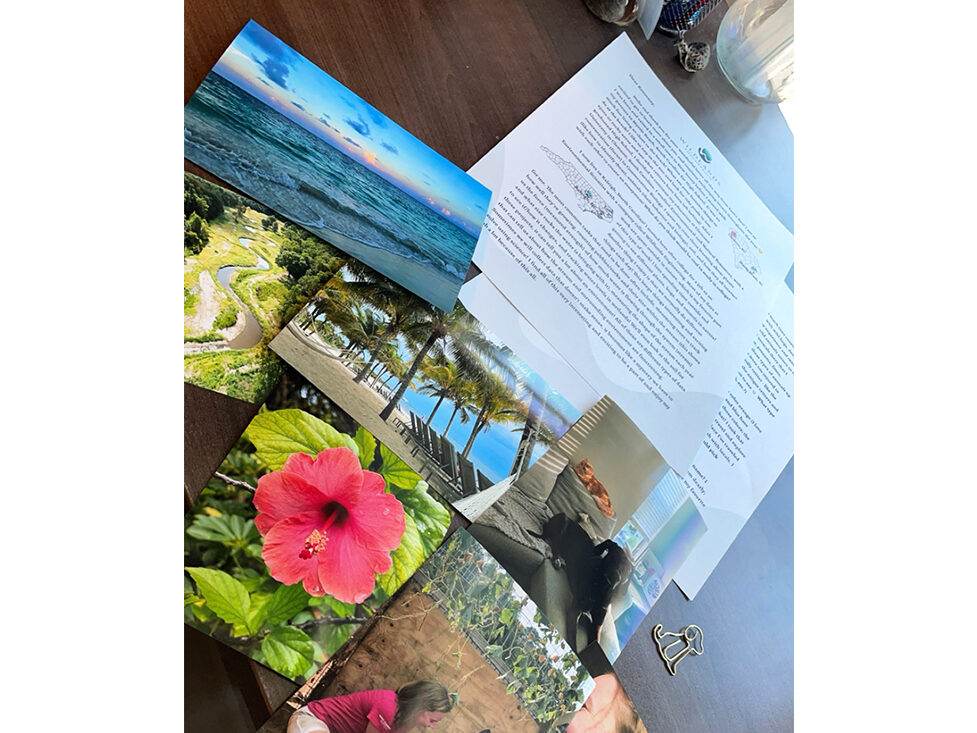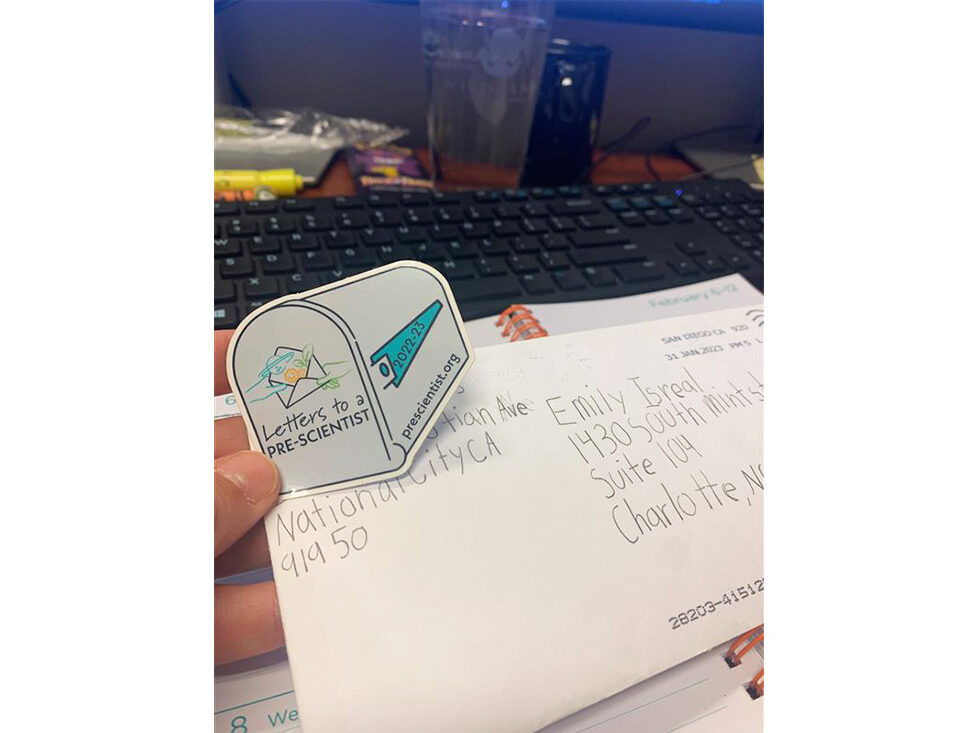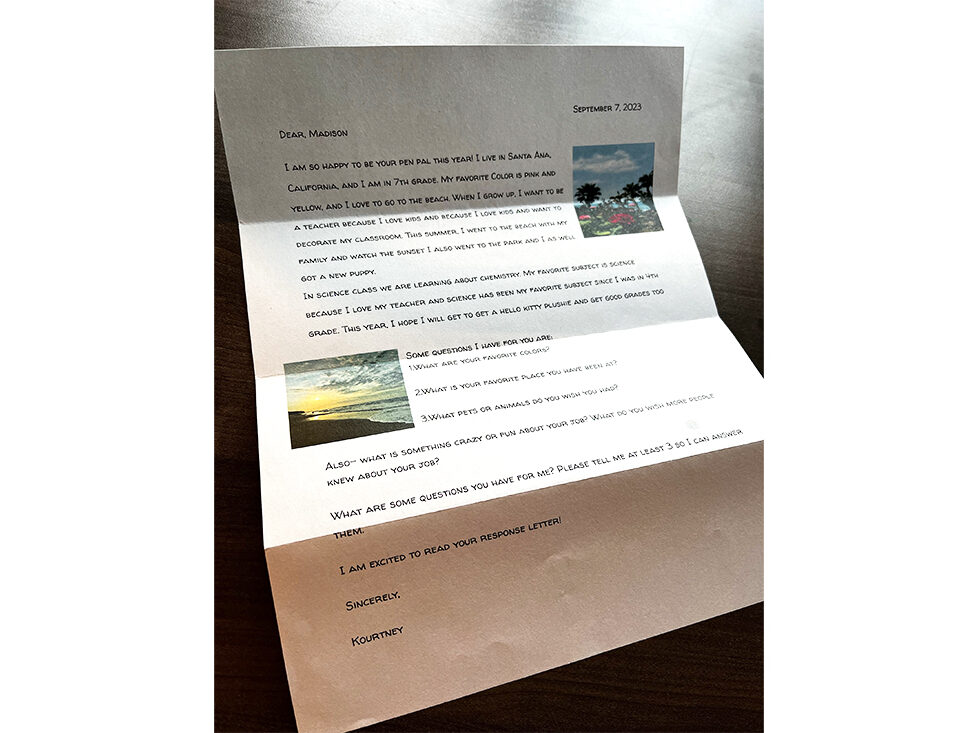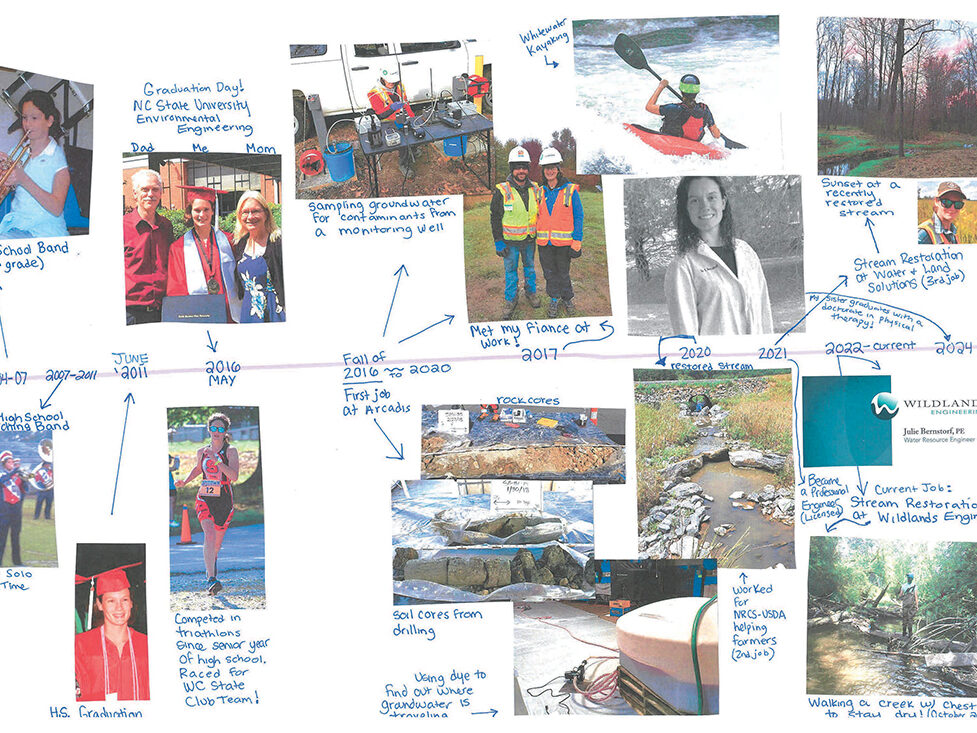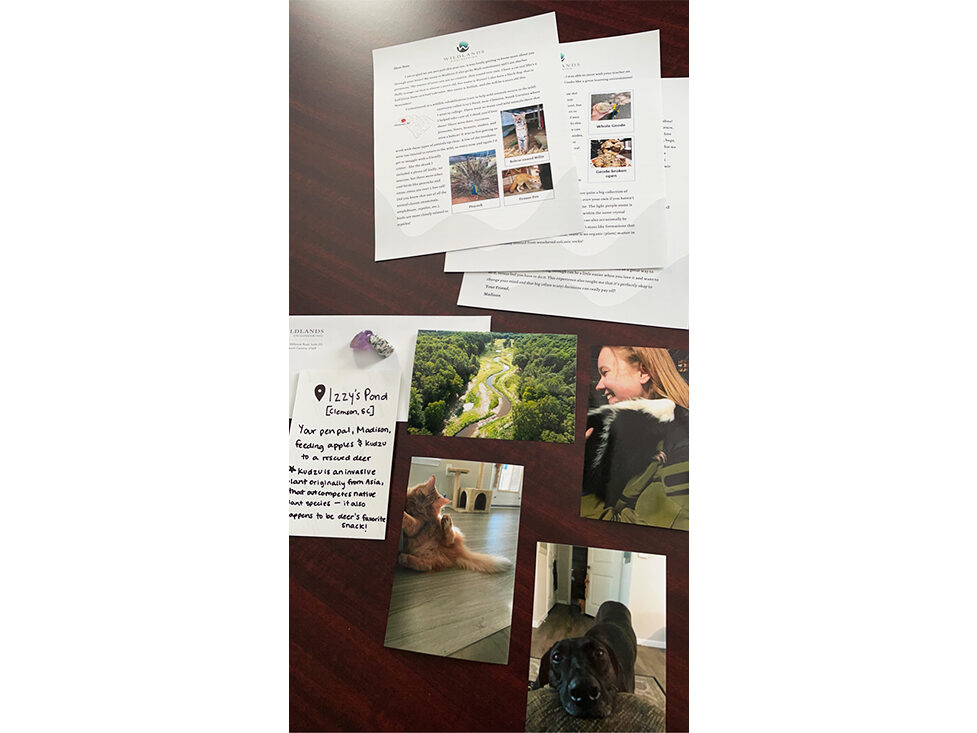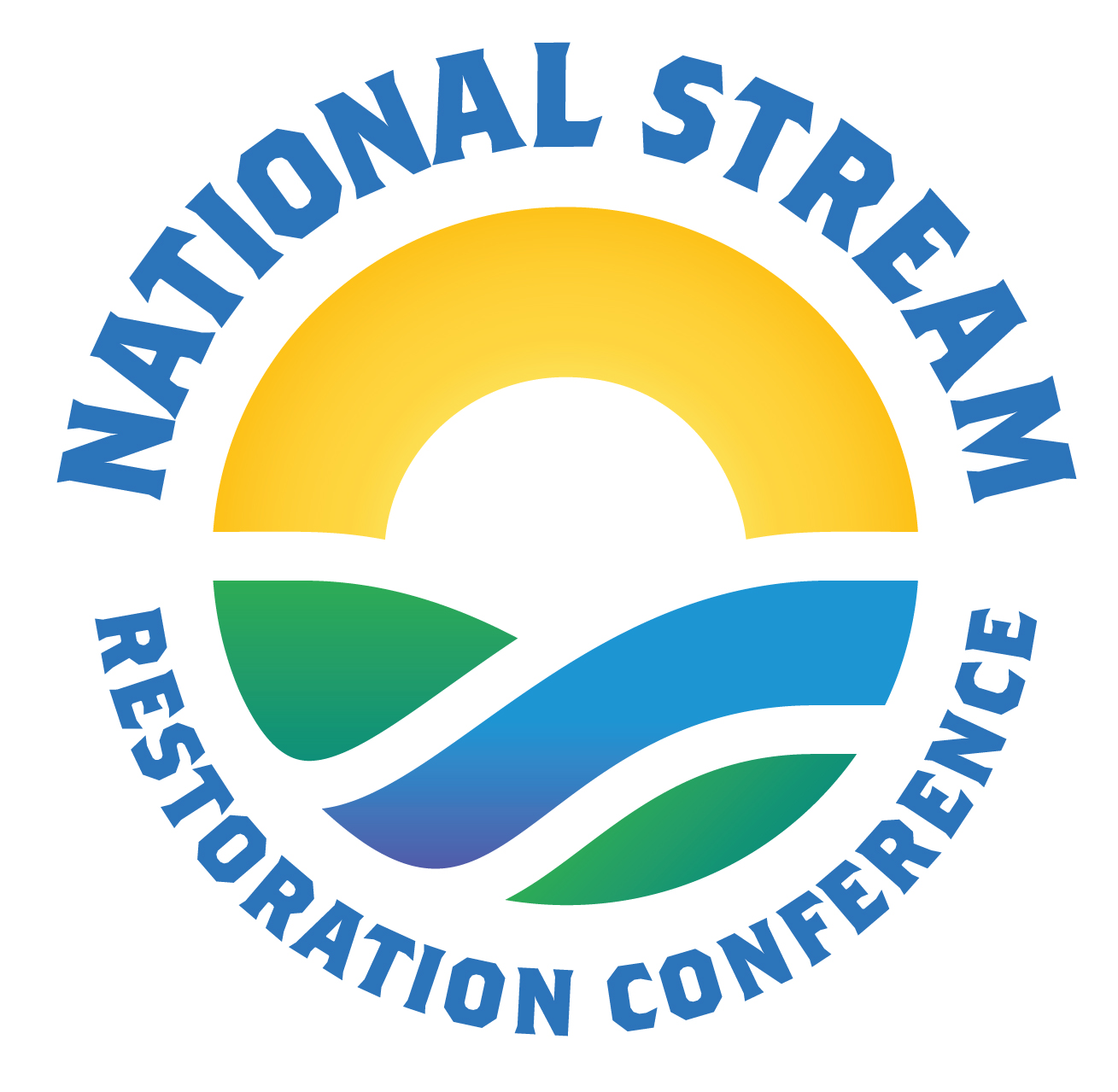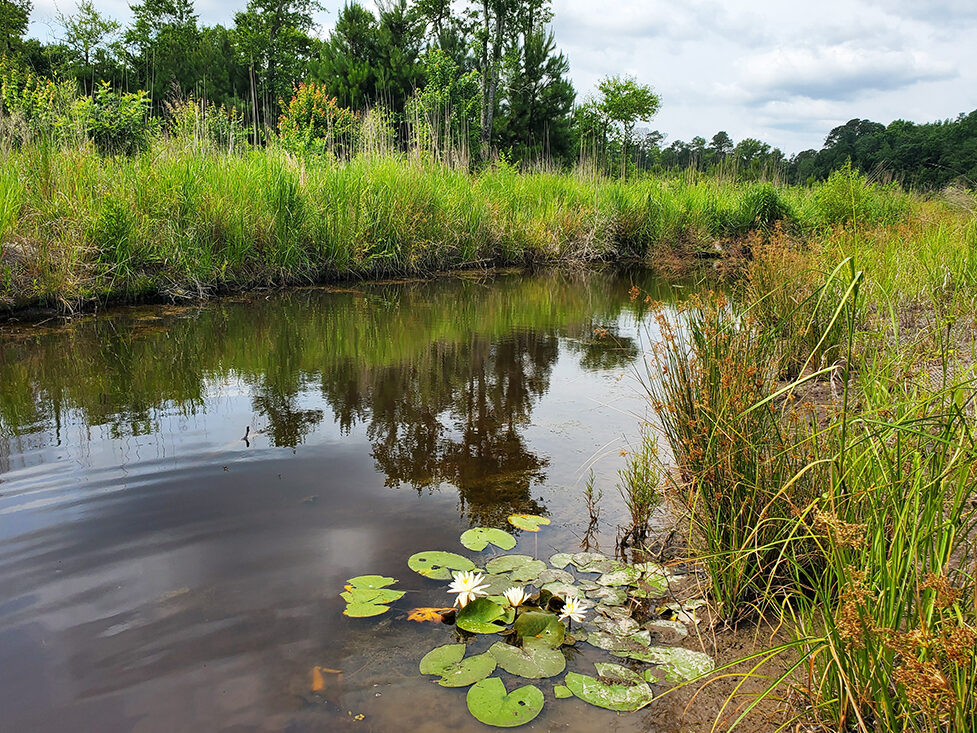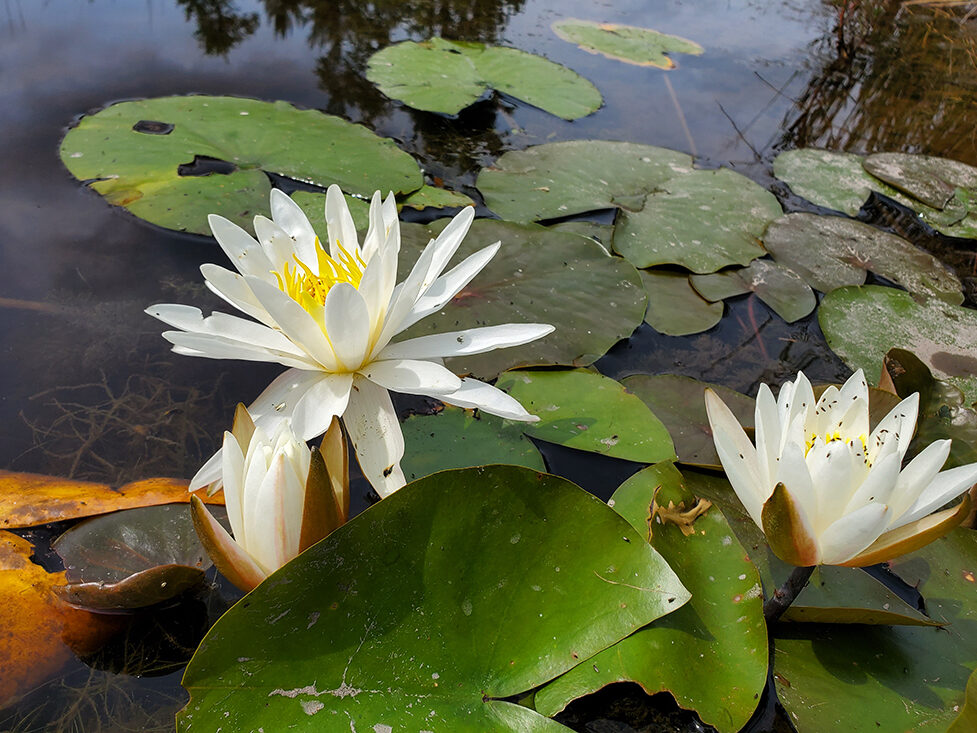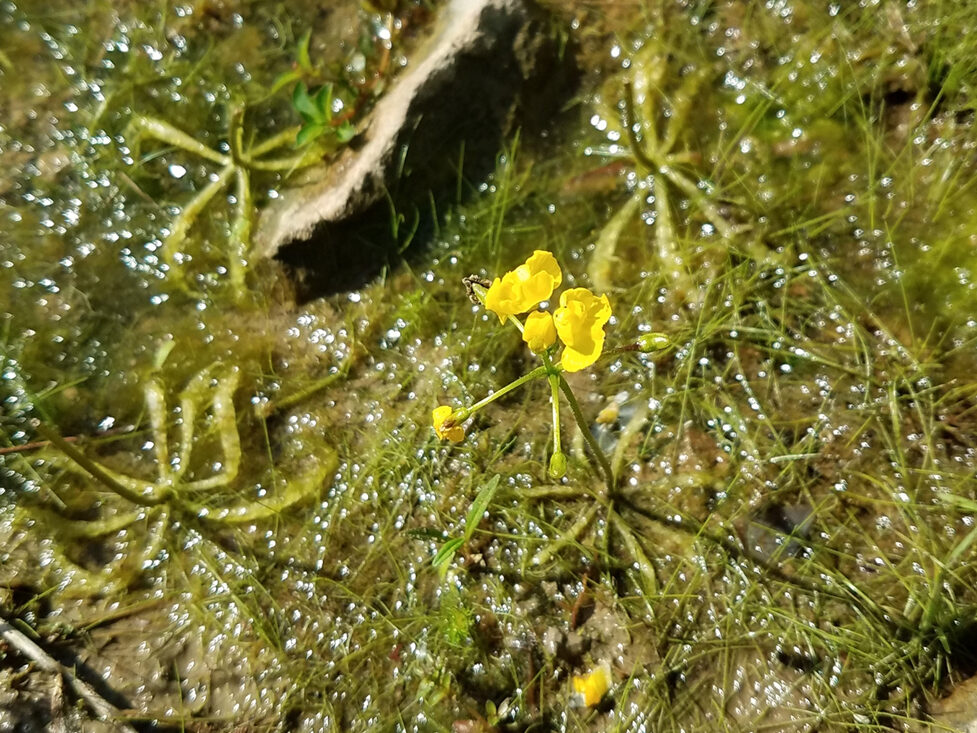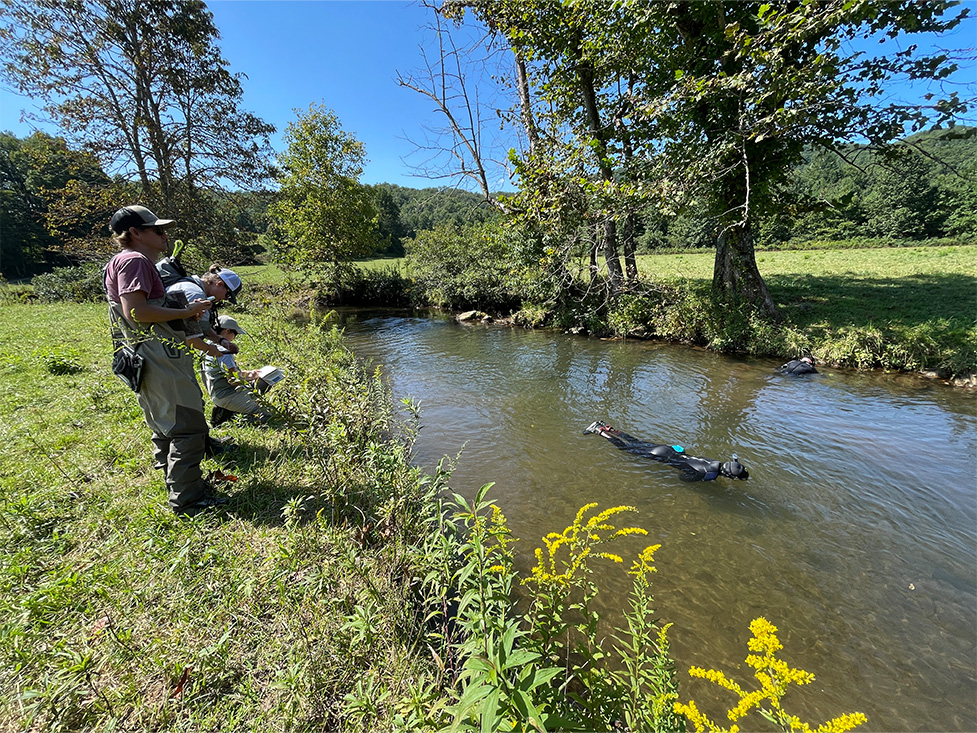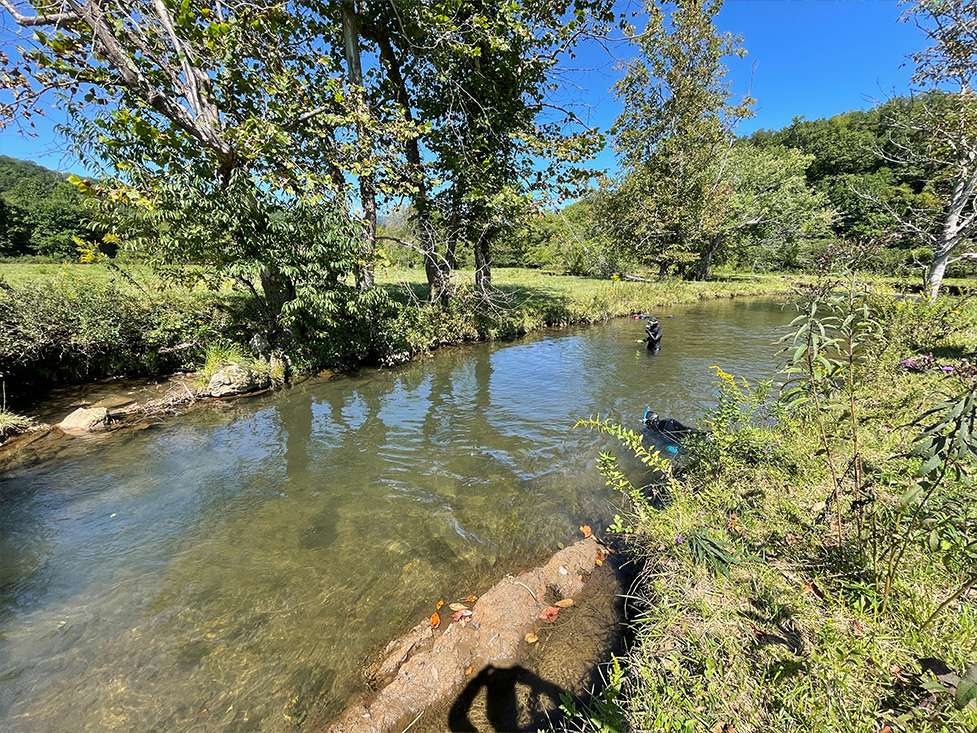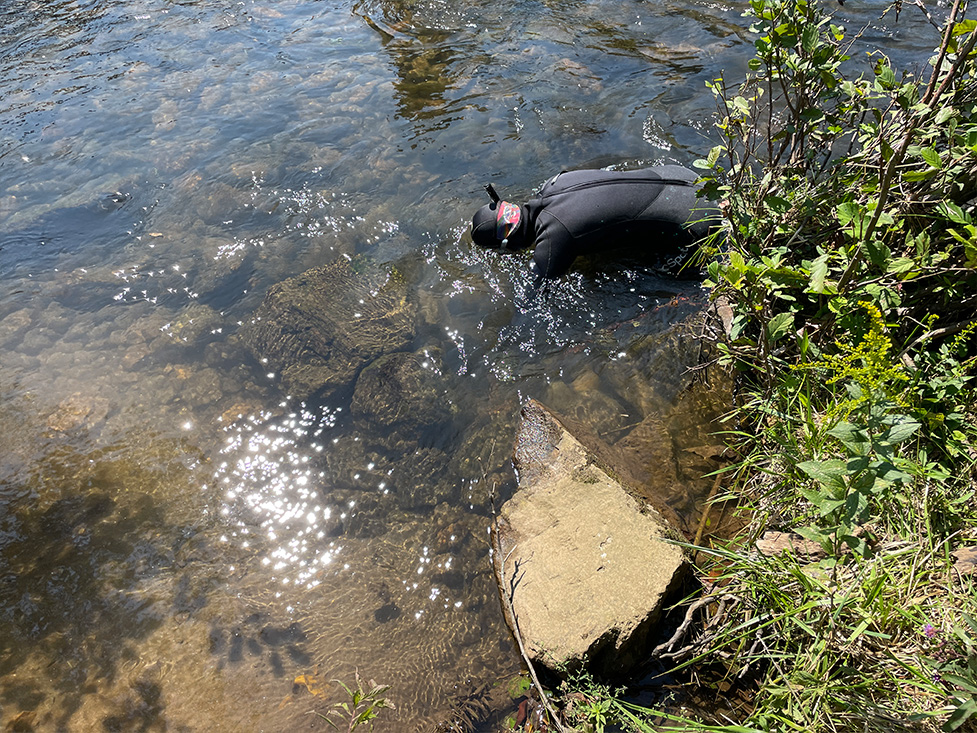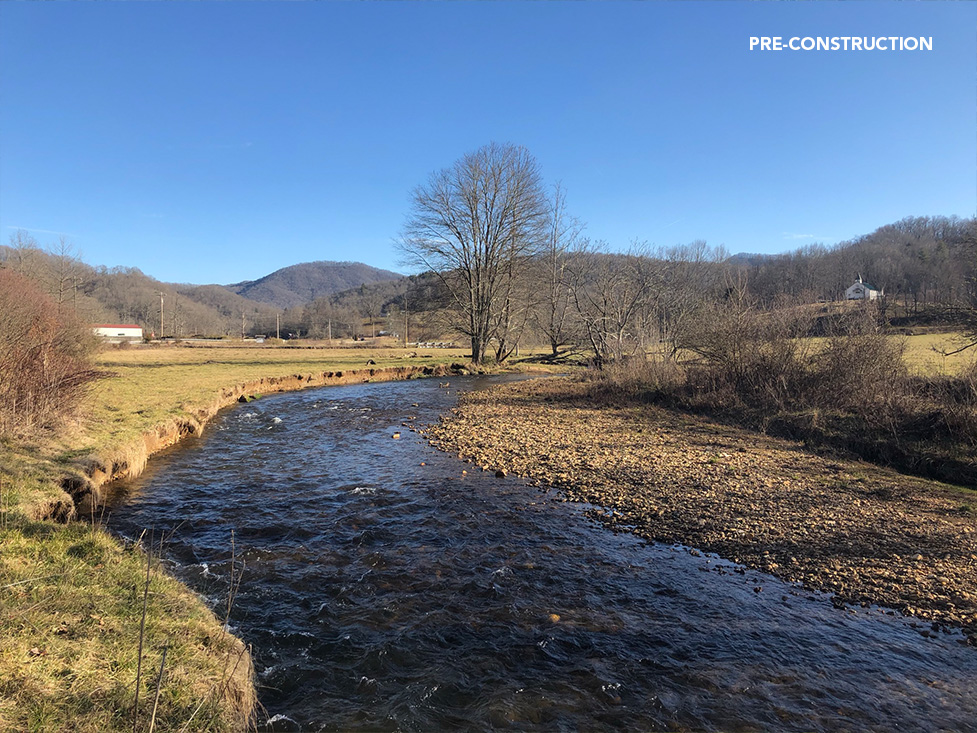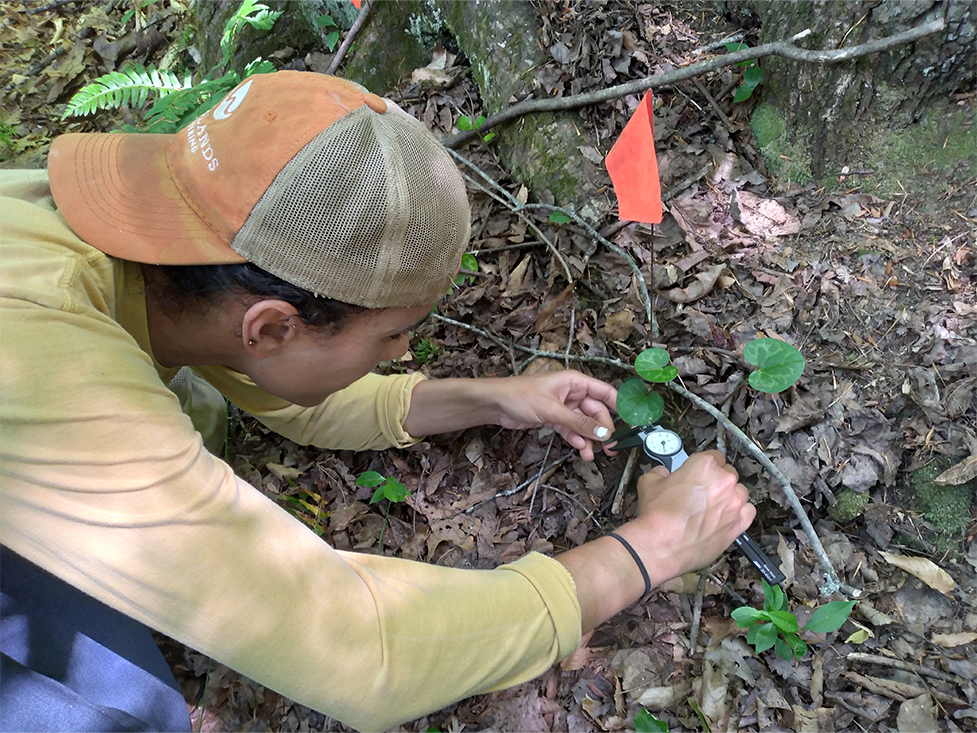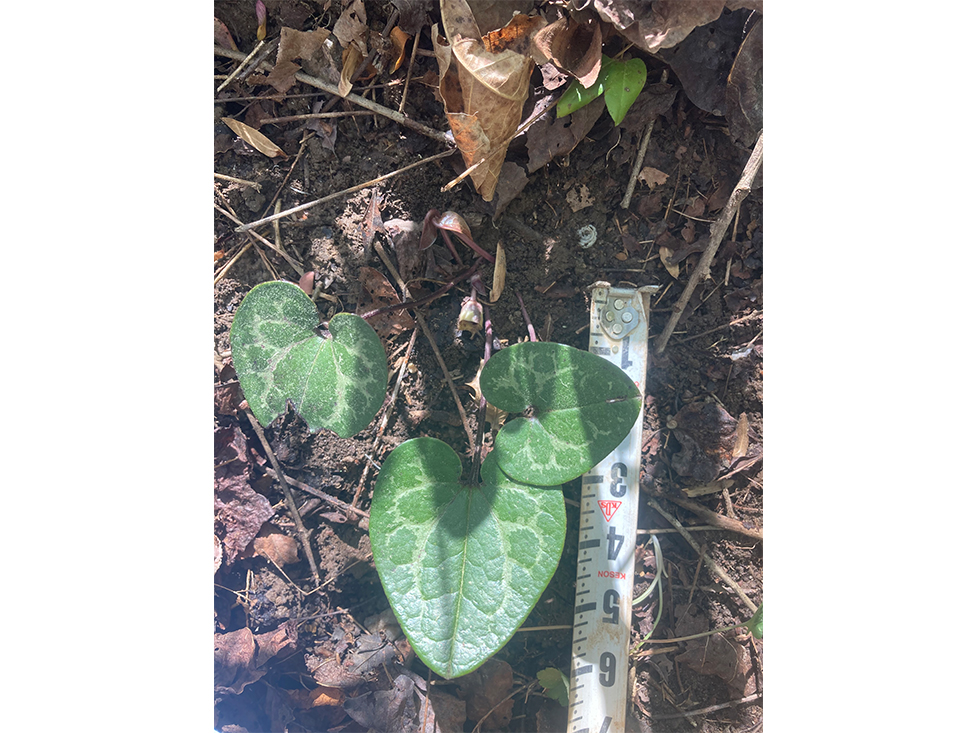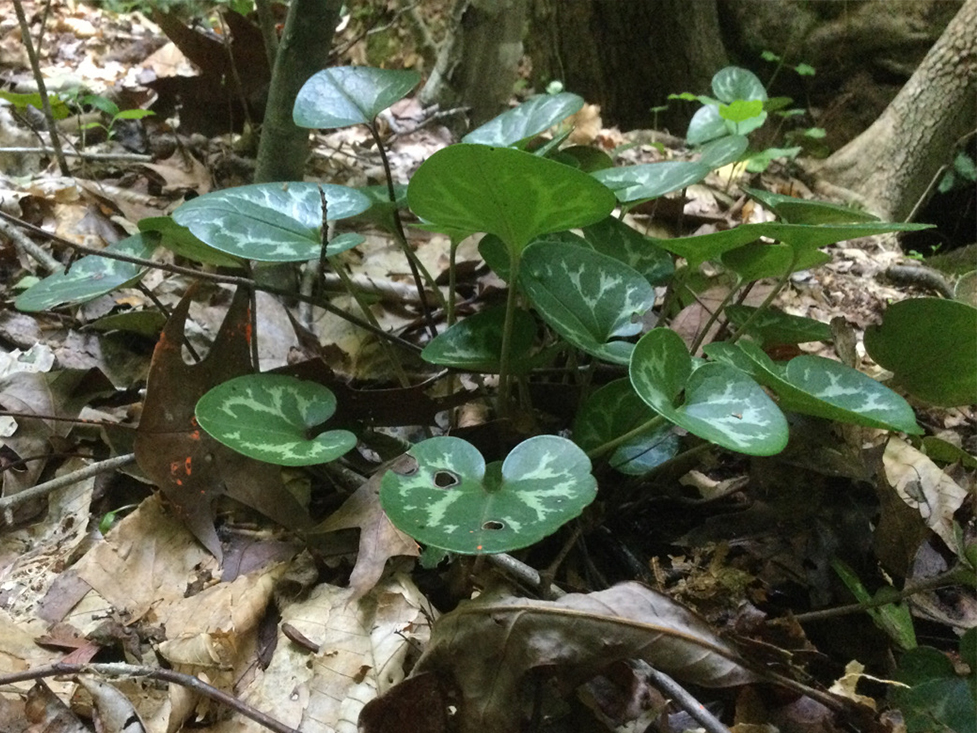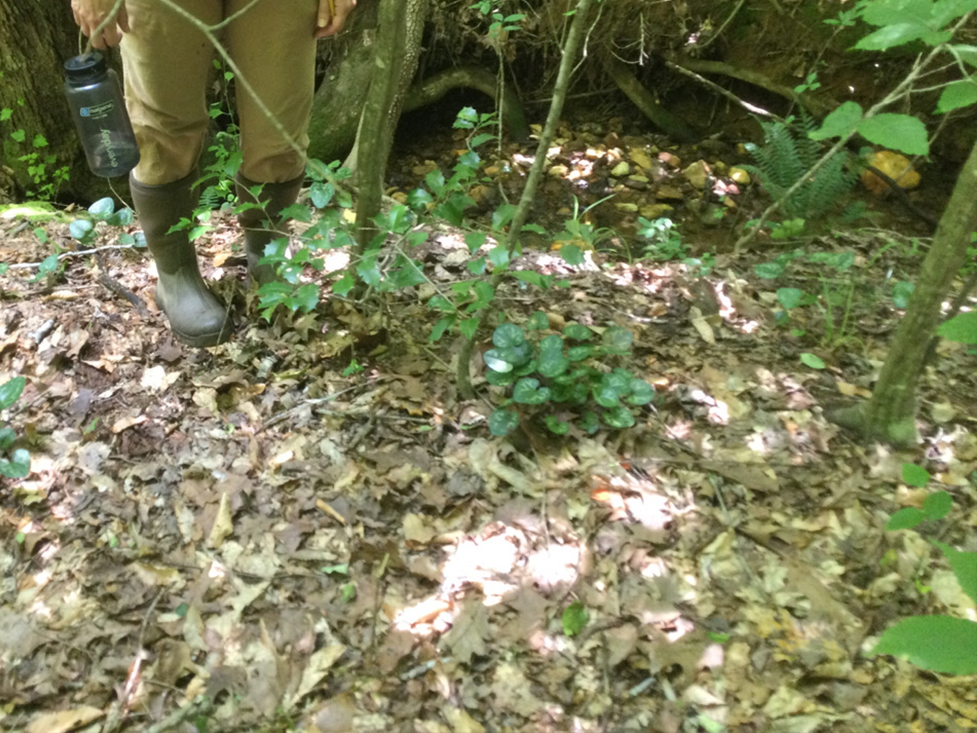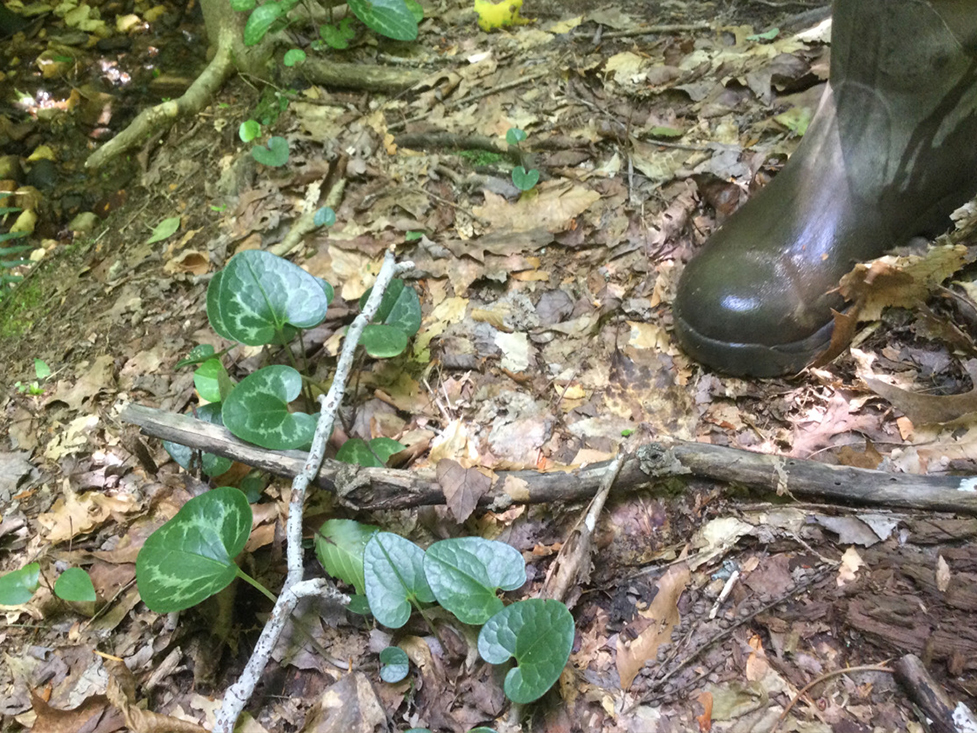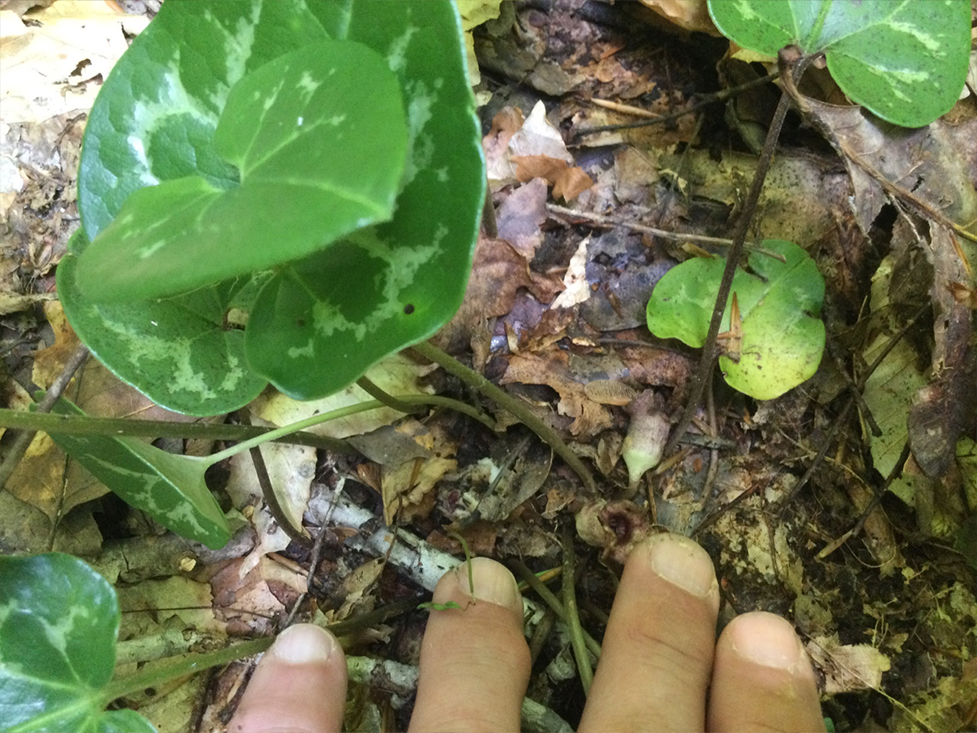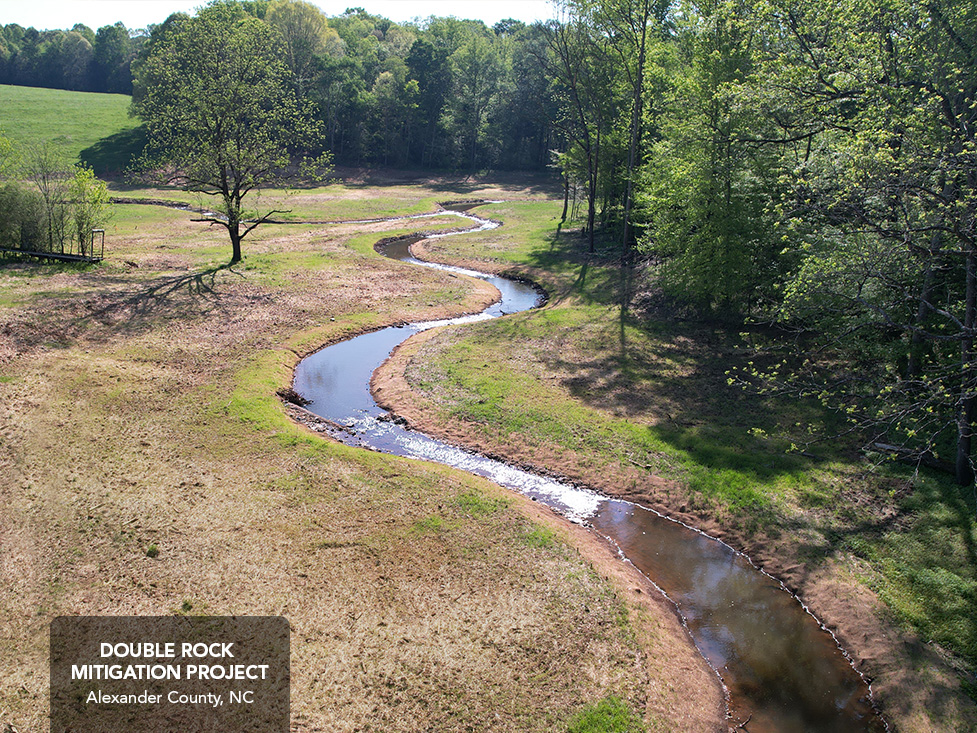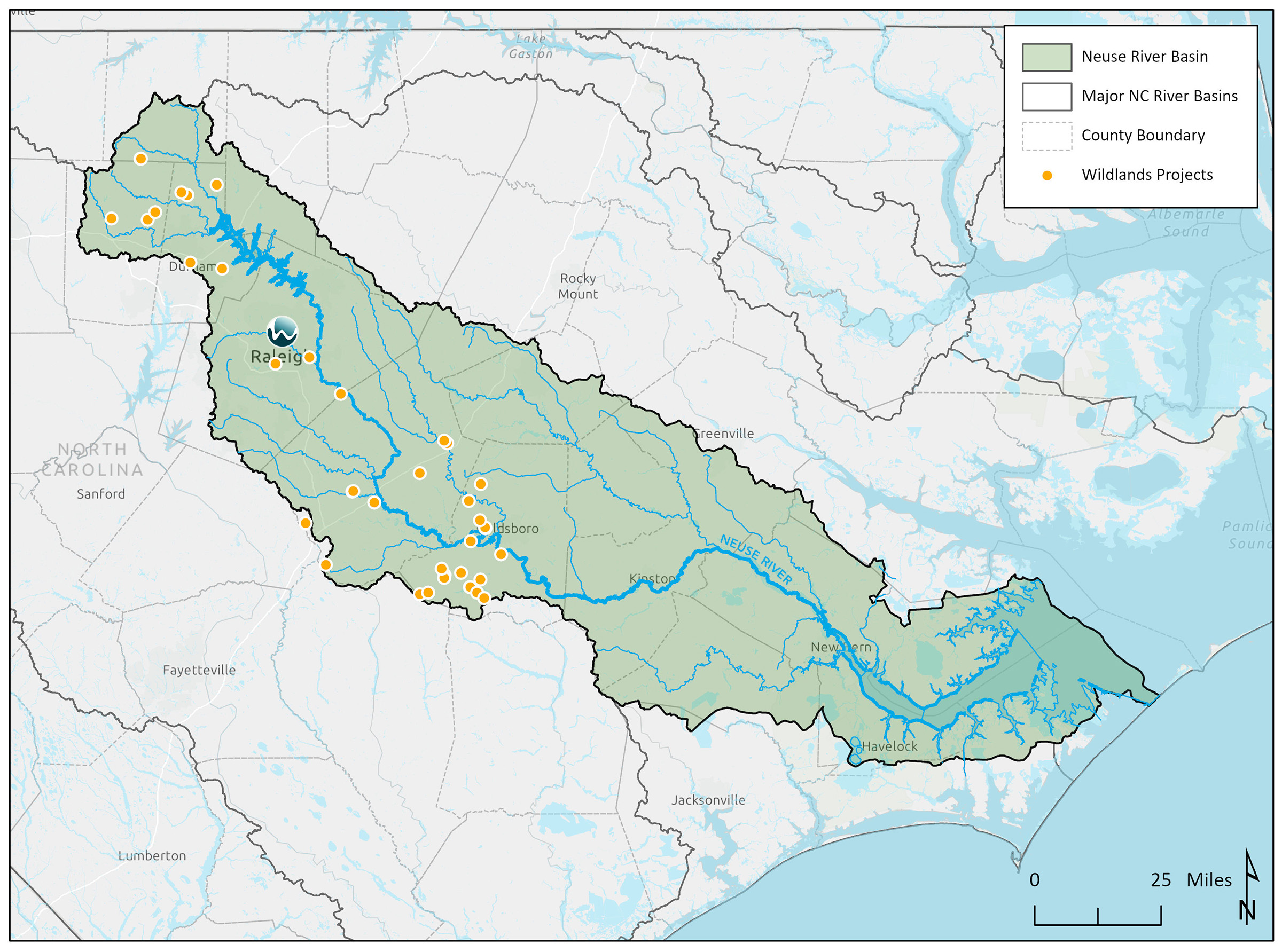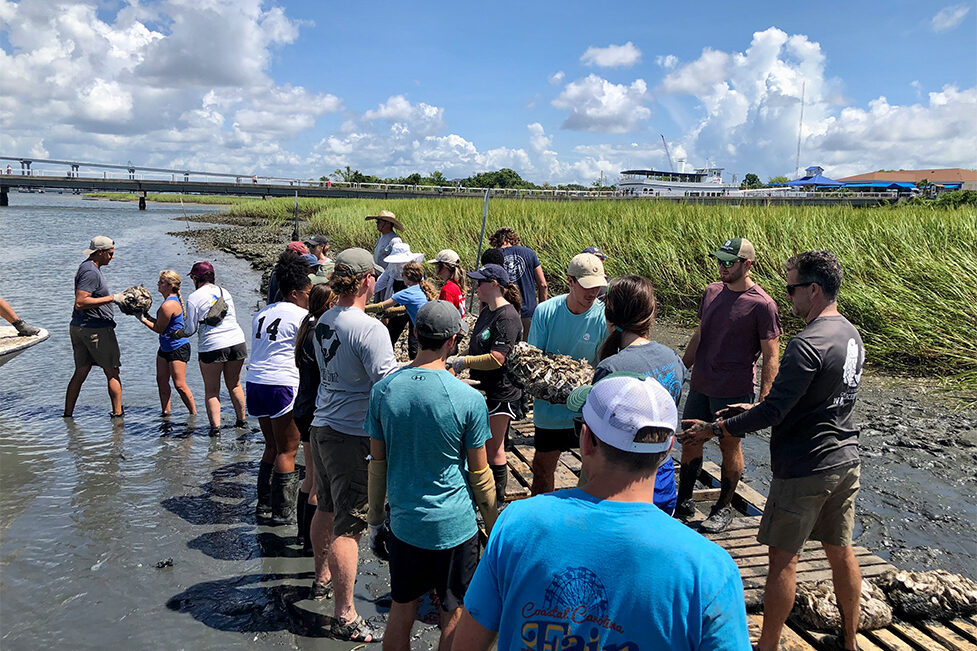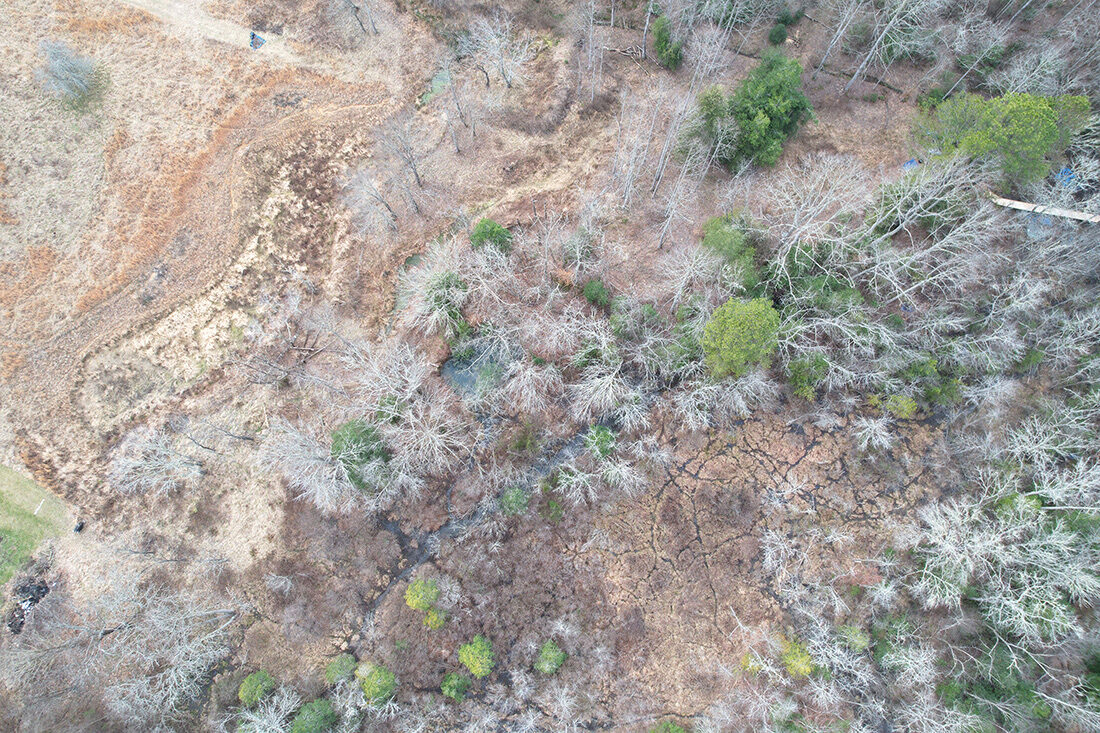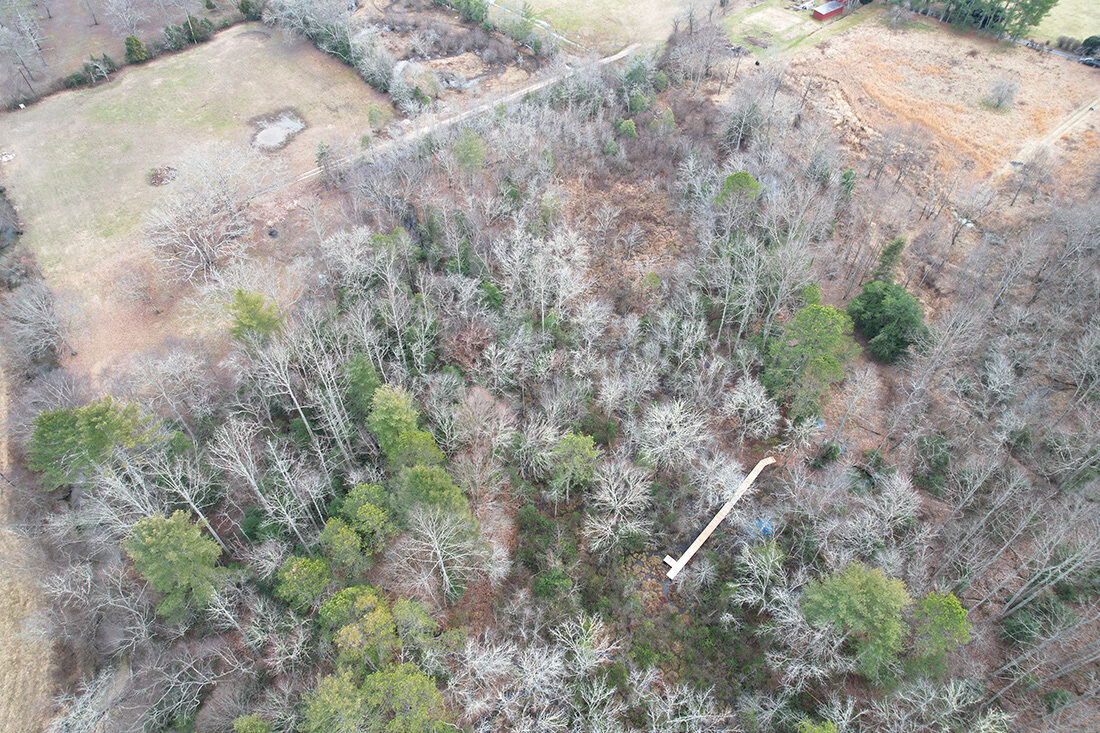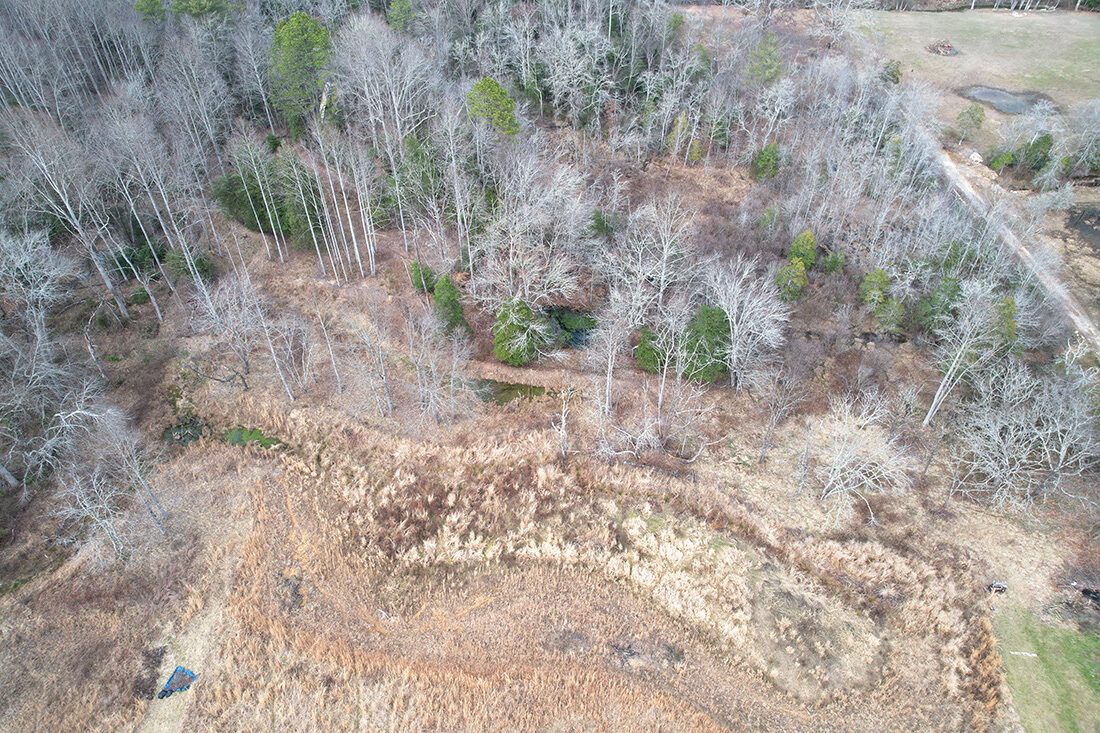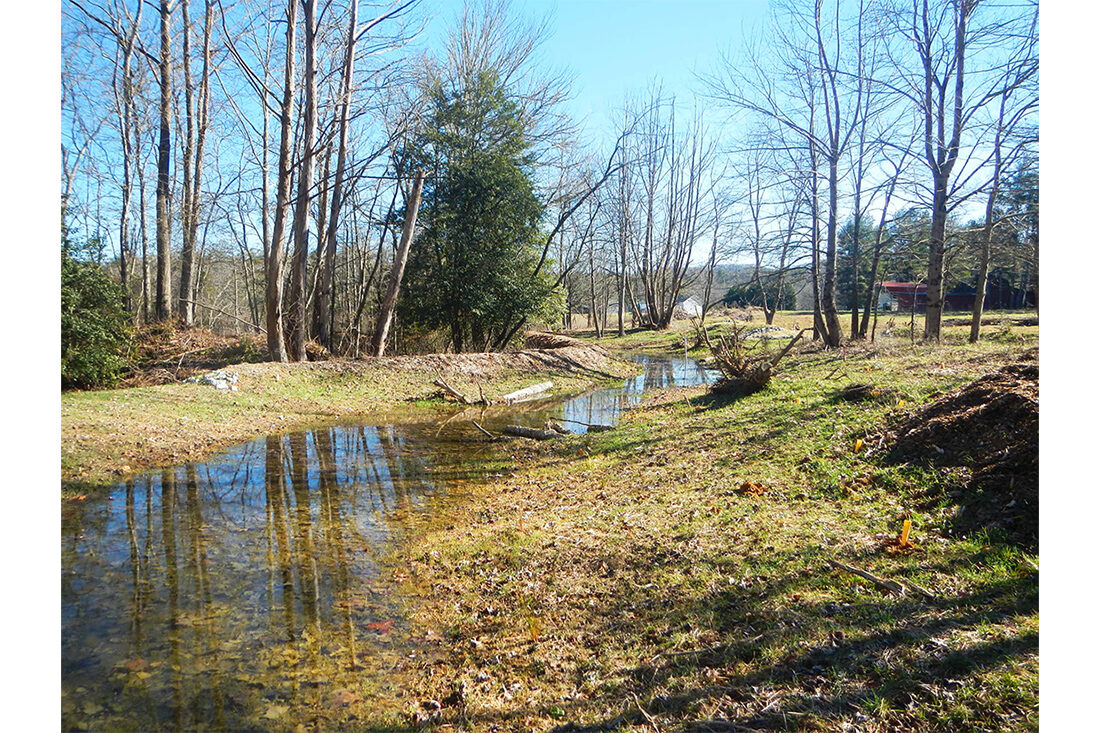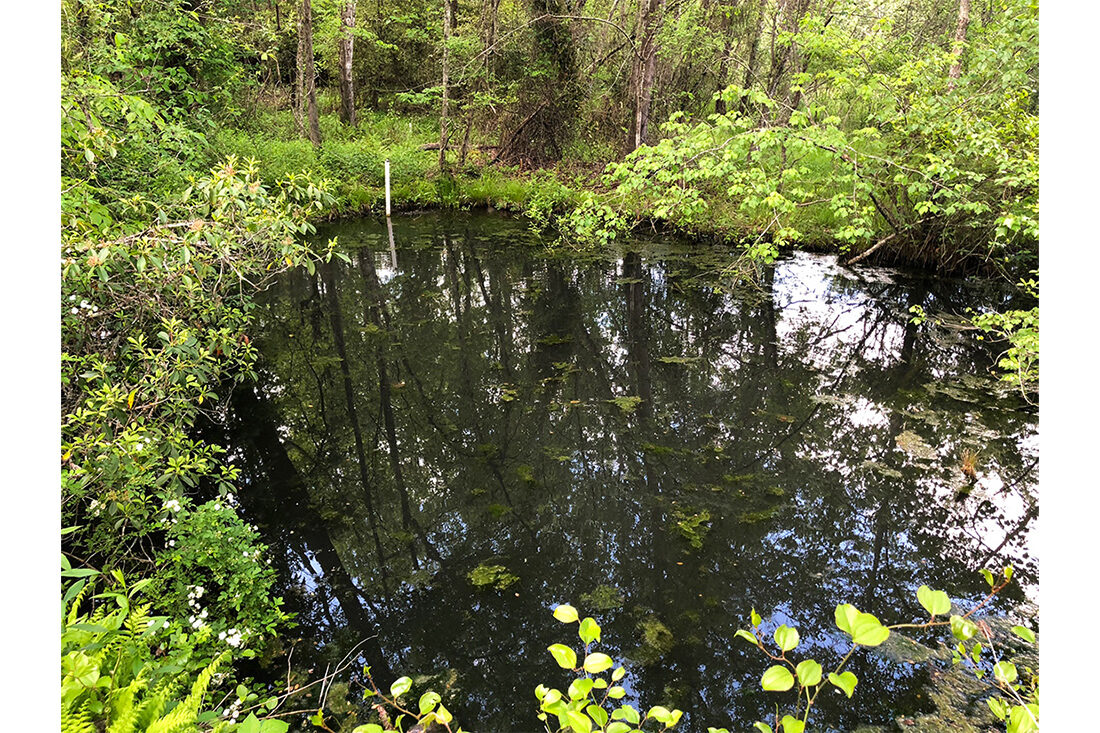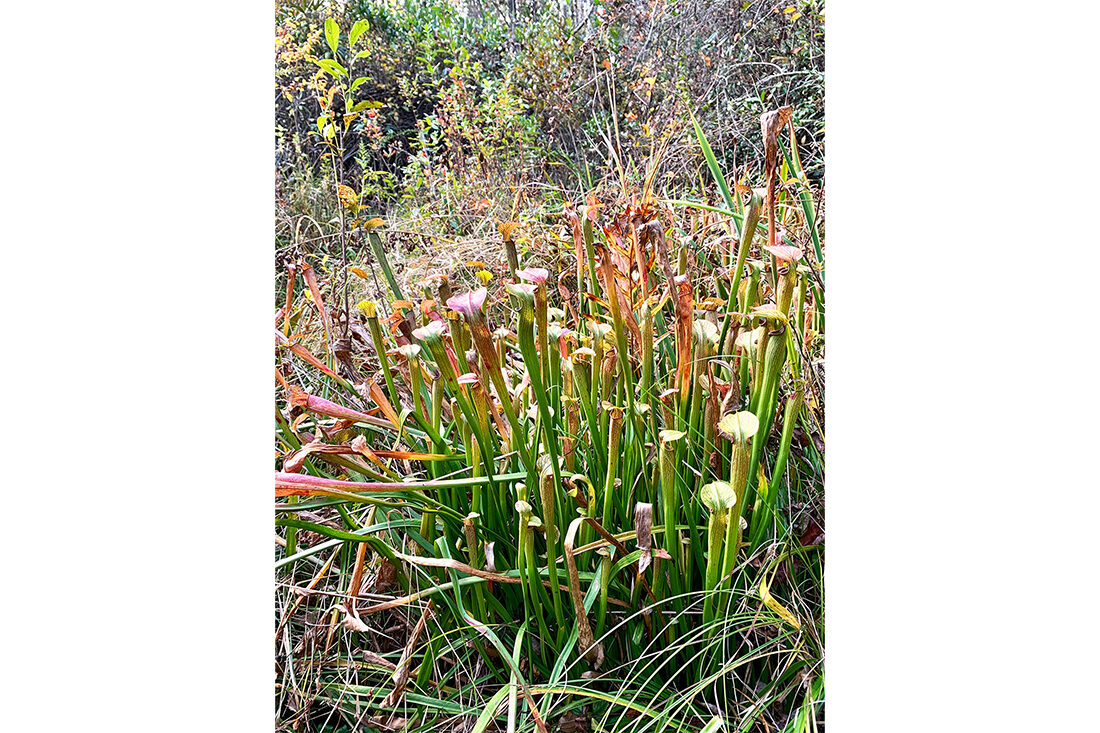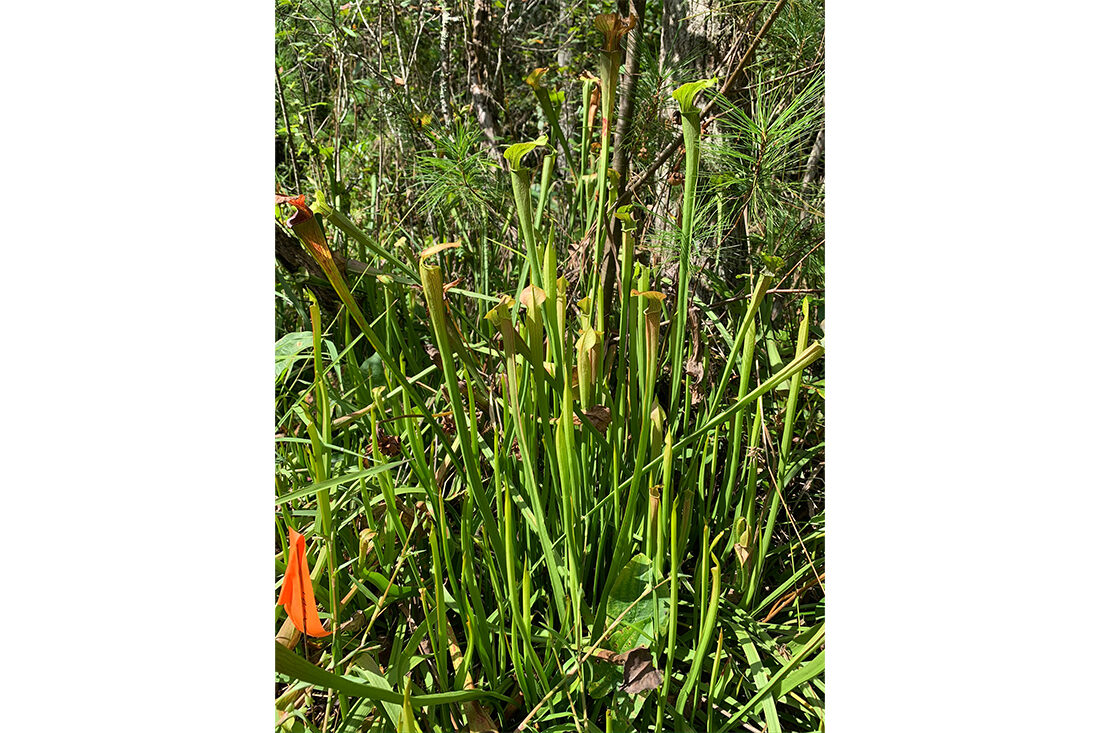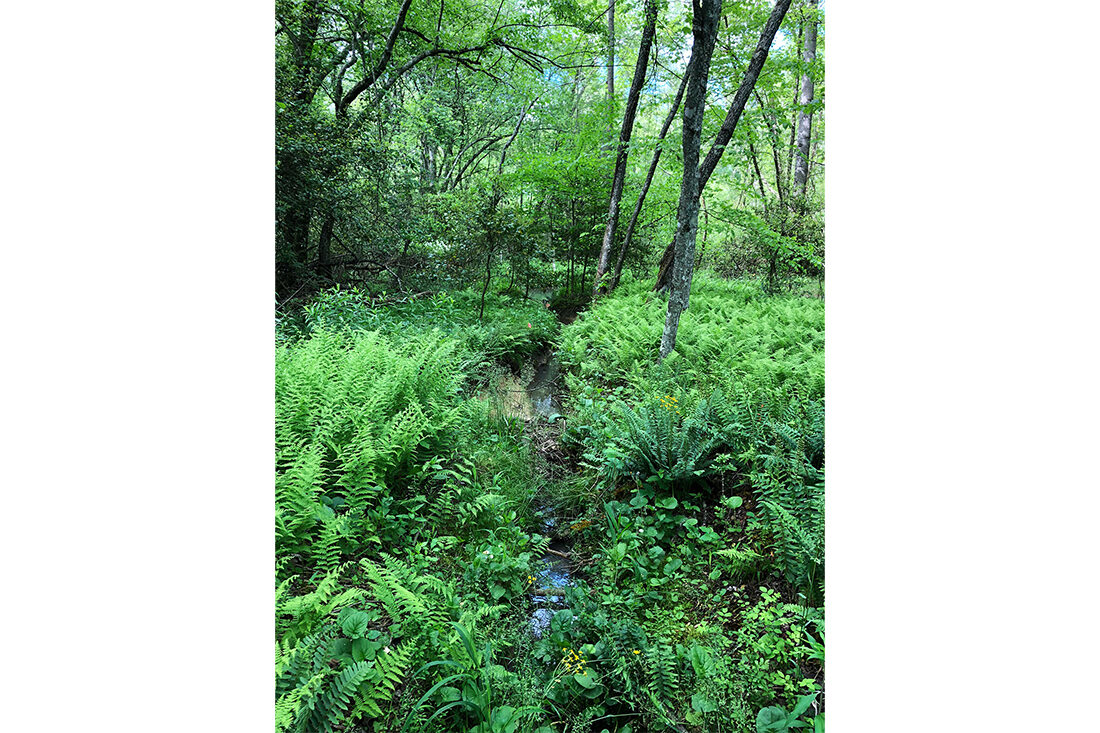Wildlands Partners with the Letters to a Pre-Scientist Program
This year, Wildlands has supported and sponsored a classroom for the Letters to a Pre-Scientist program. Through our One + One Initiative, this opportunity has given many of our scientists at Wildlands the ability to connect with students from all over the country and inspire them to explore a future in the environmental and water resources industry.
The mission of the Letters to a Pre-Scientist program strives to maintain a culture where everyone who participates feels supported to be their full selves; at Wildlands Engineering, we aim to portray the same values by ensuring an inclusive environment for every student we write compelling letters to, as well as clients and industry partners we interact with at project sites or industry events.
We look forward to continuously encouraging the younger generation of scientists to follow their dreams in defining their career pathway and becoming leaders in the environmental industry as we know it today!
Hear from some of our scientists on their inspiring experiences with Letters to a Pre-Scientist (LPS):
![]() “I am very excited to be participating in the LPS program. The time commitment is minimal (only four letters). I am most excited about the opportunity to spark a kid’s interest in science and the outdoors. I think that it is really important to get kids excited and interested about science and the outdoors while they are young, because it correlates to involvement in the sciences as an adult. Having the opportunity to share about my experience can hopefully create some excitement in my pen pal. I think it is important for kids to have someone who encourages them and their curiosity – this program achieves those goals. Part of growing up is learning about different jobs, fields, and avenues to reach those jobs. These letters can provide a small exposure to my pen pal so that they can reach for their career goals.” Jeff Turner, Environmental Scientist in Charlotte, NC
“I am very excited to be participating in the LPS program. The time commitment is minimal (only four letters). I am most excited about the opportunity to spark a kid’s interest in science and the outdoors. I think that it is really important to get kids excited and interested about science and the outdoors while they are young, because it correlates to involvement in the sciences as an adult. Having the opportunity to share about my experience can hopefully create some excitement in my pen pal. I think it is important for kids to have someone who encourages them and their curiosity – this program achieves those goals. Part of growing up is learning about different jobs, fields, and avenues to reach those jobs. These letters can provide a small exposure to my pen pal so that they can reach for their career goals.” Jeff Turner, Environmental Scientist in Charlotte, NC
![]() “I love that Wildlands consistently participates in a plethora of varied outreach efforts and Letters to Pre-Scientists may be one of my favorites! It’s a heartwarming experience getting to connect with students, impart a passion for science, and act as a resource for them. This program facilitates many students’ first ever interaction with a STEM professional and is a great medium for students to see their own potential through the professionals they’re connected with. I also really value and appreciate the challenge of breaking down typical industry language into a format that’s easier for the student to digest – it pushes me to grasp and look at concepts in a different light! Most importantly, I believe in the goals and values of LPS, ‘being committed to supporting all aspects of diversity in STEM and ensuring an inclusive environment that is welcoming to everyone.” Madison LaSala, Environmental Scientist in Raleigh, NC
“I love that Wildlands consistently participates in a plethora of varied outreach efforts and Letters to Pre-Scientists may be one of my favorites! It’s a heartwarming experience getting to connect with students, impart a passion for science, and act as a resource for them. This program facilitates many students’ first ever interaction with a STEM professional and is a great medium for students to see their own potential through the professionals they’re connected with. I also really value and appreciate the challenge of breaking down typical industry language into a format that’s easier for the student to digest – it pushes me to grasp and look at concepts in a different light! Most importantly, I believe in the goals and values of LPS, ‘being committed to supporting all aspects of diversity in STEM and ensuring an inclusive environment that is welcoming to everyone.” Madison LaSala, Environmental Scientist in Raleigh, NC
![]() “I’m stoked to have received and responded to my pen pal’s first letter! It certainly brightened my day to see a hand-written letter on my keyboard when I came into work one day. I also had fun creating a photograph timeline showing how I got to my current position at Wildlands – along with a few fun facts about me.” Julie Bernstorf, PE, Water Resources Engineer in Asheville, NC
“I’m stoked to have received and responded to my pen pal’s first letter! It certainly brightened my day to see a hand-written letter on my keyboard when I came into work one day. I also had fun creating a photograph timeline showing how I got to my current position at Wildlands – along with a few fun facts about me.” Julie Bernstorf, PE, Water Resources Engineer in Asheville, NC
![]() “I love the LPS program! From being matched with a pre-scientist to reading what their interests are and answering their questions. As an adolescent, I would’ve loved a program like LPS to connect with a science professional, so I put myself in their shoes and give it my all. It’s rewarding being a part of the planting crew – planting seeds for life!” Emily Israel, Stewardship Coordinator in Charlotte, NC
“I love the LPS program! From being matched with a pre-scientist to reading what their interests are and answering their questions. As an adolescent, I would’ve loved a program like LPS to connect with a science professional, so I put myself in their shoes and give it my all. It’s rewarding being a part of the planting crew – planting seeds for life!” Emily Israel, Stewardship Coordinator in Charlotte, NC



